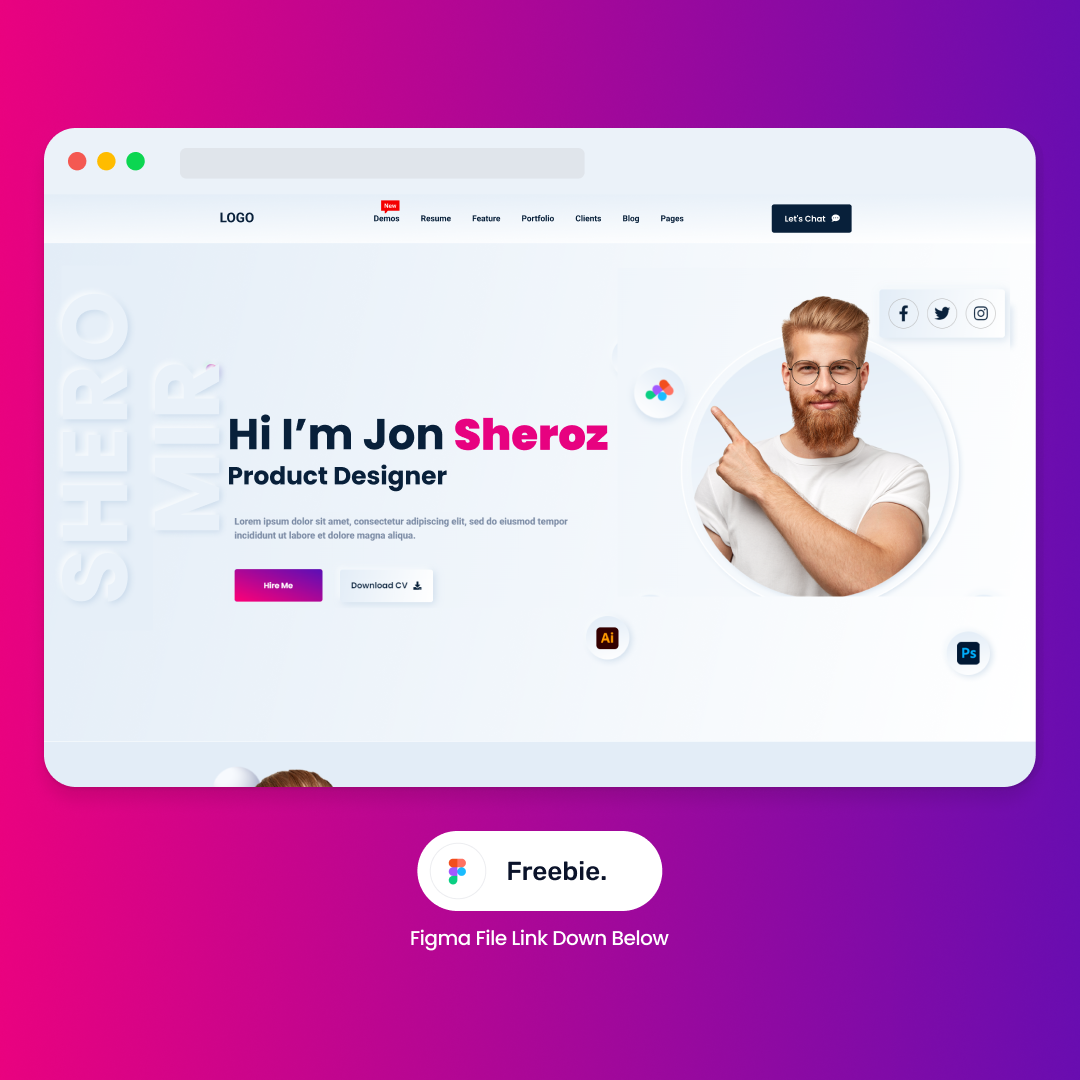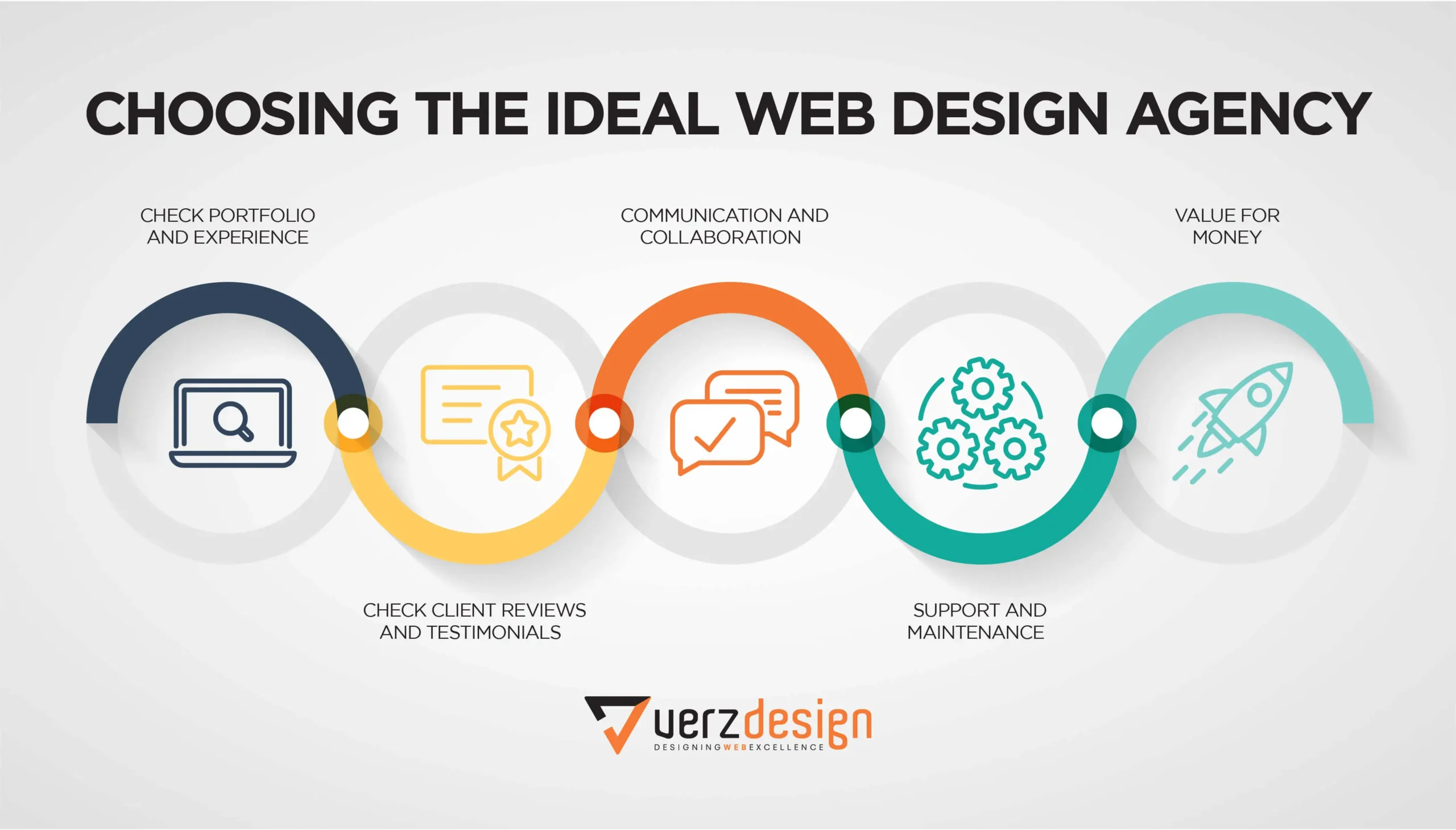Web Design Trends to Watch: How to Stay Ahead in the Digital World
Web Design Trends to Watch: How to Stay Ahead in the Digital World
Blog Article
Understanding Customer Experience: Secret Principles for Successful Web Style
In the realm of website design, understanding individual experience (UX) is vital to producing platforms that not just bring in but likewise maintain individuals. Trick concepts such as instinctive navigation and reliable responses systems play essential roles in cultivating user complete satisfaction. Furthermore, factors to consider for access make certain that all users can involve with the content perfectly. The nuances of visual layout and the importance of iterative testing often continue to be overlooked. As we check out these foundational components, it becomes noticeable that mastering UX is not merely an alternative but a necessity for success. What are the ramifications of ignoring these principles?
Relevance of Individual Experience

In the world of web design, one can not underestimate the relevance of individual experience (UX) as a critical component that straight influences the success of an internet site. A positive UX not just enhances individual satisfaction however also cultivates commitment, motivating repeat sees and interactions. When customers come across a user-friendly and engaging interface, they are much more likely to discover the content, convert into clients, or share their experiences with others. This organic promo can considerably amplify a brand's reach and visibility.
It encompasses the total performance of a site, ensuring that navigating is smooth and details is conveniently accessible. Web sites that prioritize UX are usually perceived as even more reliable and reliable, which can have a profound influence on conversion rates.
Eventually, purchasing individual experience is not simply a layout choice; it is a calculated choice that can set apart a brand name in a congested market. By concentrating on UX, companies can develop significant interactions that resonate with individuals, leading the way for continual success in the electronic landscape.
Functionality Principles
Efficient internet layout hinges on the application of key functionality principles that ensure an internet site is both easy to use and useful. Central to these principles is the idea of intuitiveness, where customers can navigate the website easily without comprehensive guideline. Clear navigation structures, consisting of well-labeled menus and constant layouts, enhance this instinctive experience, permitting individuals to situate information swiftly.

Uniformity is just as important; preserving harmony in layout elements, terminology, and procedures throughout the site aids to lessen complication. Individuals ought to not need to relearn how to engage with different sections of the internet site.
Furthermore, error prevention and recuperation are necessary for functionality. Web sites must be made to decrease the opportunity of customer mistakes, and when errors occur, positive and clear error messages must assist users towards resolution.
Access Considerations
Guaranteeing ease of access in web style is extremely important for developing comprehensive digital experiences that satisfy all customers, consisting of those with impairments. Access factors to consider include designing sites that fit diverse demands, allowing users with aesthetic, acoustic, cognitive, or motor problems to browse and connect efficiently.
To accomplish this, internet developers ought to abide by established guidelines, such as the Internet Web Content Access Standards (WCAG) These guidelines supply a framework for making content perceivable, operable, understandable, and durable. Key practices include making sure enough color comparison, offering text options for non-text content, and making certain keyboard navigability.
In addition, semantic HTML needs to be utilized to boost display viewers compatibility, allowing users with visual impairments to understand the structure and definition of content with ease. web design. Giving clear, succinct directions and making use of uncomplicated language can additionally enhance use for people with cognitive impairments
Regular ease of access testing, including real individuals with specials needs, is necessary to recognize barriers and enhance the individual experience. By focusing on accessibility, web designers not just adhere to lawful requirements however also cultivate a more equitable electronic landscape, inevitably profiting everybody with boosted usability and engagement.
Aesthetic Design Components
A myriad of aesthetic style elements plays a critical function in shaping customer perceptions and experiences on a website. These aspects consist of color design, typography, images, whitespace, and layout, each adding to the general aesthetic charm and efficiency of a website.

Color pattern stimulate emotions and can influence user actions; for instance, cozy colors may produce a sense of seriousness, while amazing colors why not try this out commonly promote calmness. Typography, on the other hand, impacts readability and can develop a brand name's personality - web design. The option of font style and size must straighten with the website's purposes and target audience
Imagery, consisting of symbols and images, enhances narration and can dramatically impact user engagement. Premium visuals create a feeling of professionalism, while poor-quality images may diminish the customer experience.
Format and whitespace are just as essential, as they lead customers through the material. A well-structured design assists customers find details rapidly, while ample whitespace stops clutter, facilitating a much more pleasurable searching experience.

Checking and Iteration
Customer testing and model are basic components of an effective internet style procedure. These practices enable designers to collect important responses from actual customers, making sure that the last item fulfills their expectations and needs. User screening includes observing just how actual customers connect with an internet site, determining functionality problems, and recognizing individual behavior. This direct feedback is important in exposing pain factors that might not appear throughout the style stage. you can find out more
Version, on the various other hand, is the process of fine-tuning the design based upon the insights acquired from customer testing. By making incremental adjustments and re-evaluating the style, teams can enhance capability, enhance looks, and maximize customer engagement. This intermittent method cultivates a culture of continuous improvement, enabling designers to adapt to individual needs and emerging fads successfully.
Furthermore, incorporating both customer testing and version into the style process results in more enlightened decision-making and eventually leads to an extra user-centered product. By welcoming these principles, internet designers can create much more instinctive, appealing, and effective experiences that reverberate with their target market, inevitably driving higher customer satisfaction and retention.
Conclusion
In final thought, customer experience is an important element of efficient internet style, incorporating use, availability, and aesthetic factors to consider. Continual screening and version offer as essential processes for identifying and dealing with customer discomfort factors, guaranteeing that web layouts remain adaptable to evolving demands.
In the world discover this info here of internet layout, comprehending customer experience (UX) is extremely important to developing platforms that not only bring in however additionally maintain individuals.In the world of web design, one can not take too lightly the value of customer experience (UX) as a pivotal element that directly affects the success of a web site. Customer testing entails observing just how genuine customers engage with a web site, identifying use problems, and understanding user actions.In conclusion, customer experience is a vital part of reliable internet design, including functionality, ease of access, and visual factors to consider. Continual testing and model serve as essential processes for identifying and resolving user discomfort factors, guaranteeing that internet designs continue to be adaptable to developing requirements.
Report this page